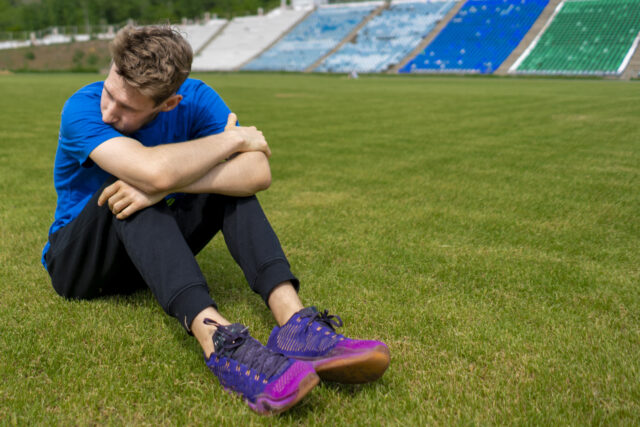Hazing has long plagued high school and college athletic programs. While it often masquerades as “team bonding” or “tradition”, hazing is far from harmless. It can cause severe psychological, emotional and physical harm to student-athletes. As athletic directors, you are in a pivotal position to address this issue and create a safe, inclusive environment for athletes.
Understanding Hazing and Its Impacts
Hazing includes any activity expected of an athlete joining a team that humiliates, abuses or endangers them—whether they participate willingly or not. These activities can range from harmless pranks to dangerous acts, including physical violence, alcohol abuse or sexual harassment.
Just this year, we’ve seen a “fight club” incident amongst a North Texas football team, underclassmen being hit with broomsticks in Maine, and even sexual assault among hockey players in Canada—instances that show just how severe hazing can be.
Research indicates that athletes most at risk for hazing include:
- Male athletes in sports such as swimming, diving, lacrosse and football.
- Athletes on rural, residential campuses, particularly in states without anti-hazing laws.
- Students in programs with longstanding traditions of hazing.
Hazing’s consequences are profound and often lasting, including:
- Depression, anxiety and suicidal thoughts.
- A sense of helplessness and isolation.
- Reduced academic performance and team participation.
Steps Athletic Directors Can Take to Combat Hazing
Establish and Enforce a Zero-Tolerance Policy
- Draft a clear, zero-tolerance hazing policy that outlines unacceptable behaviors and the consequences for violations.
- Require all athletes, coaches and staff to sign a code of conduct agreeing to abide by the policy.
Educate Your Community
- Conduct regular workshops and meetings for coaches, athletes and parents to define hazing, discuss its consequences and emphasize alternative team-building activities.
- Provide examples of hazing to help students recognize behaviors that may otherwise be dismissed as “fun” or “tradition.”
Promote Positive Team-Building Activities
- Replace harmful initiation rituals with healthy alternatives, such as:
- Team dinners or movie nights.
- Community service projects.
- Ropes courses or camping trips.
- Mentorship programs pairing senior team members with new athletes to foster trust and camaraderie.
Encourage Reporting
- Create safe, anonymous reporting channels for athletes to share concerns about hazing.
- Protect the identities of those who report incidents to prevent retaliation.
Take Immediate Action on Reports
- Investigate hazing allegations thoroughly and promptly.
- Enforce disciplinary actions in accordance with your policy to demonstrate accountability and deter future violations.
Addressing Cultural and Systemic Barriers
The normalization of hazing is deeply rooted in sports culture, often perpetuated by a “this happened to me, so it’s their turn” mentality. Breaking this cycle requires strong leadership:
- Coaches must model and enforce respectful behavior while actively discouraging hazing.
- Senior athletes can use their influence to champion inclusive, positive team dynamics.
- Athletic directors should advocate for ongoing education and collaboration with organizations like the NFHS and NCAA to combat hazing effectively.
Recognizing Warning Signs
Athletic directors and coaches should be vigilant for signs of hazing, such as:
- Withdrawal from team activities.
- Exhaustion or unexplained injuries.
- Behavioral changes, including reluctance to attend practices or games.
- Low self-esteem or decrease in confidence.
Hazing undermines the core values of sportsmanship, trust and teamwork. By implementing strict policies, promoting respect among athletes and encouraging players to report concerns, athletic directors can create a safe and welcoming environment. Let’s replace hazing with meaningful traditions that truly unite teams and uphold the dignity of every athlete.
For additional resources, consider partnering with anti-hazing organizations or consulting the NFHS’s educational programs. Together, we can eradicate hazing and ensure that sports remain a force for good in our schools and communities.




